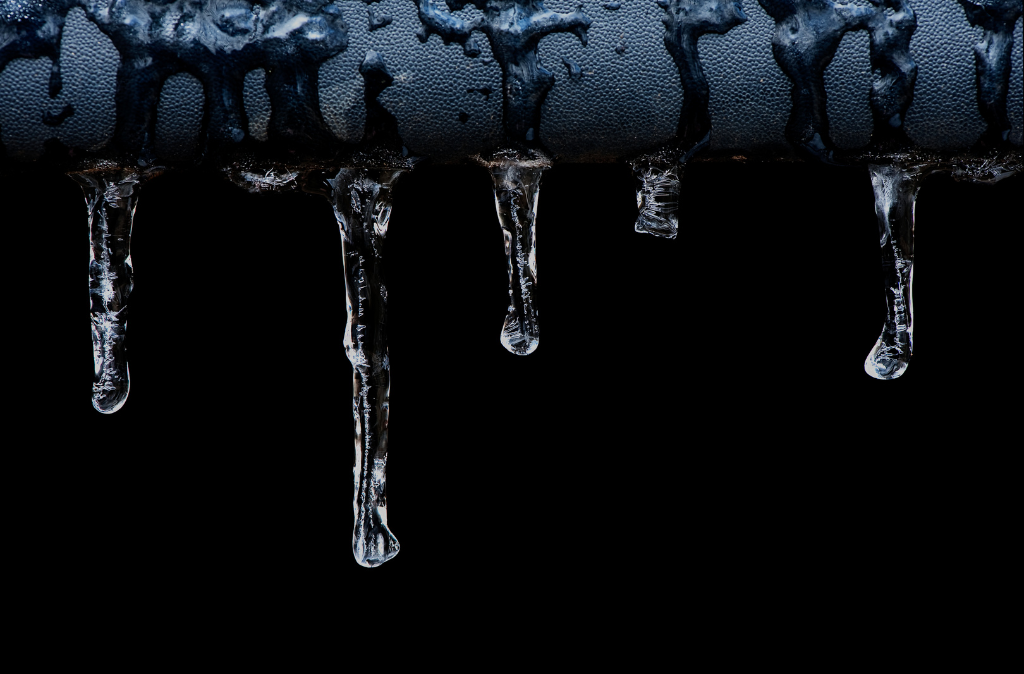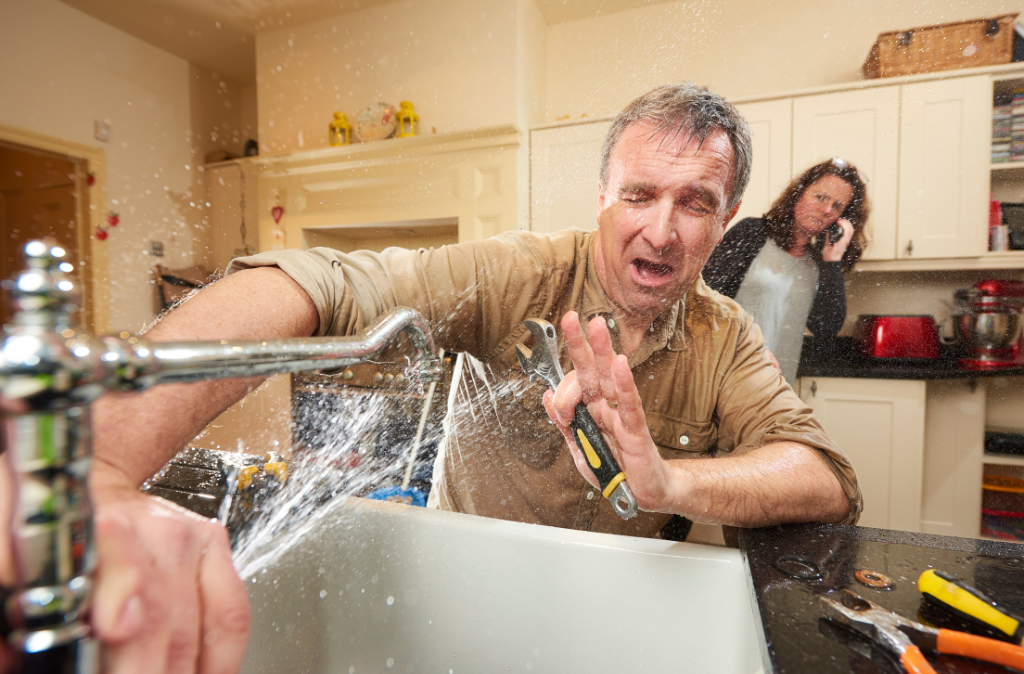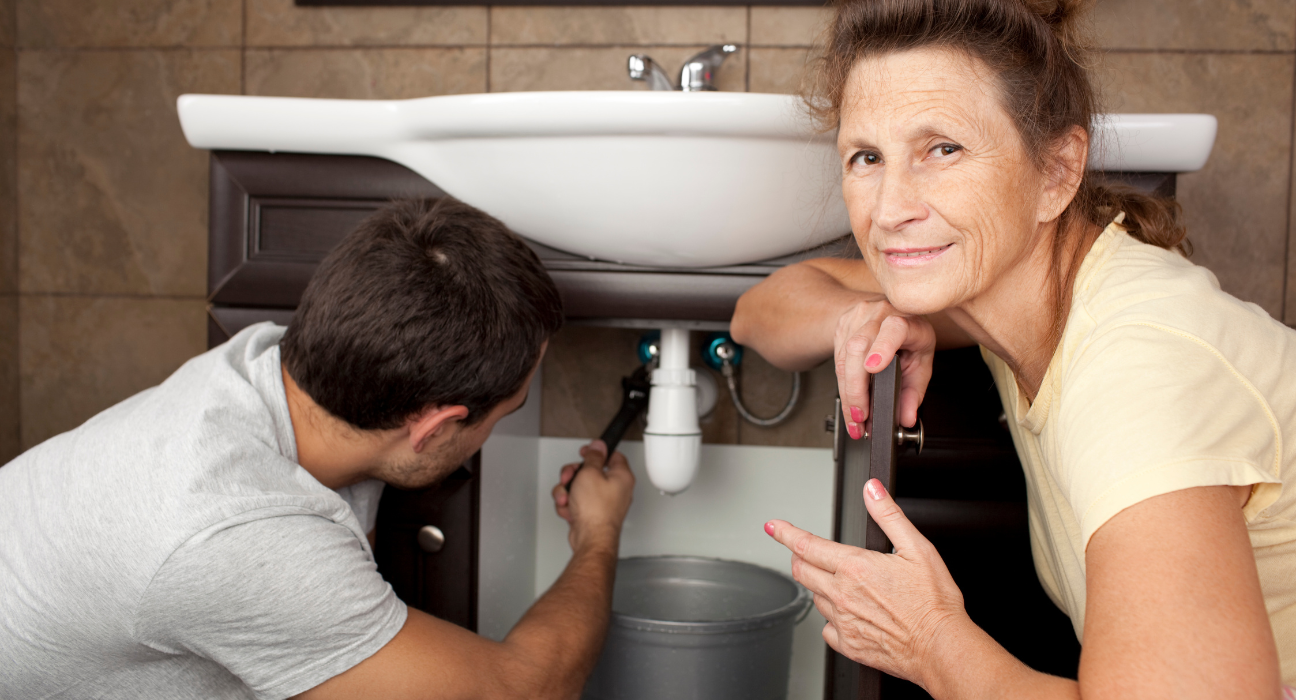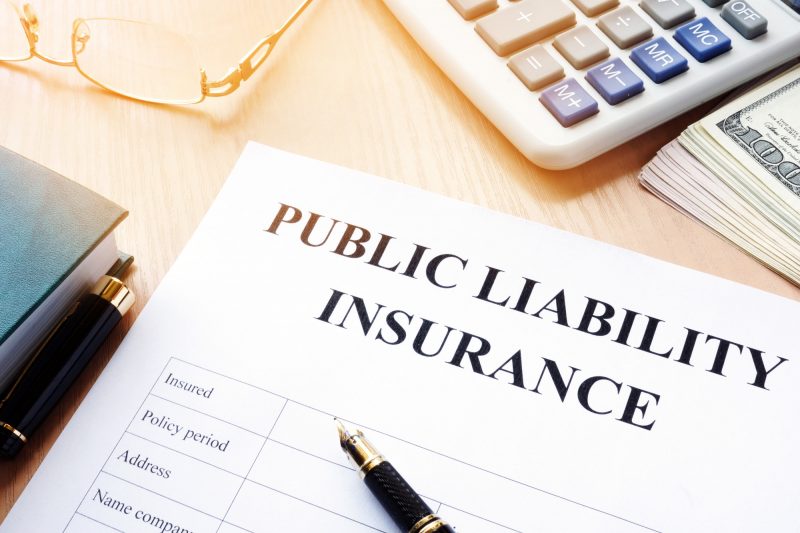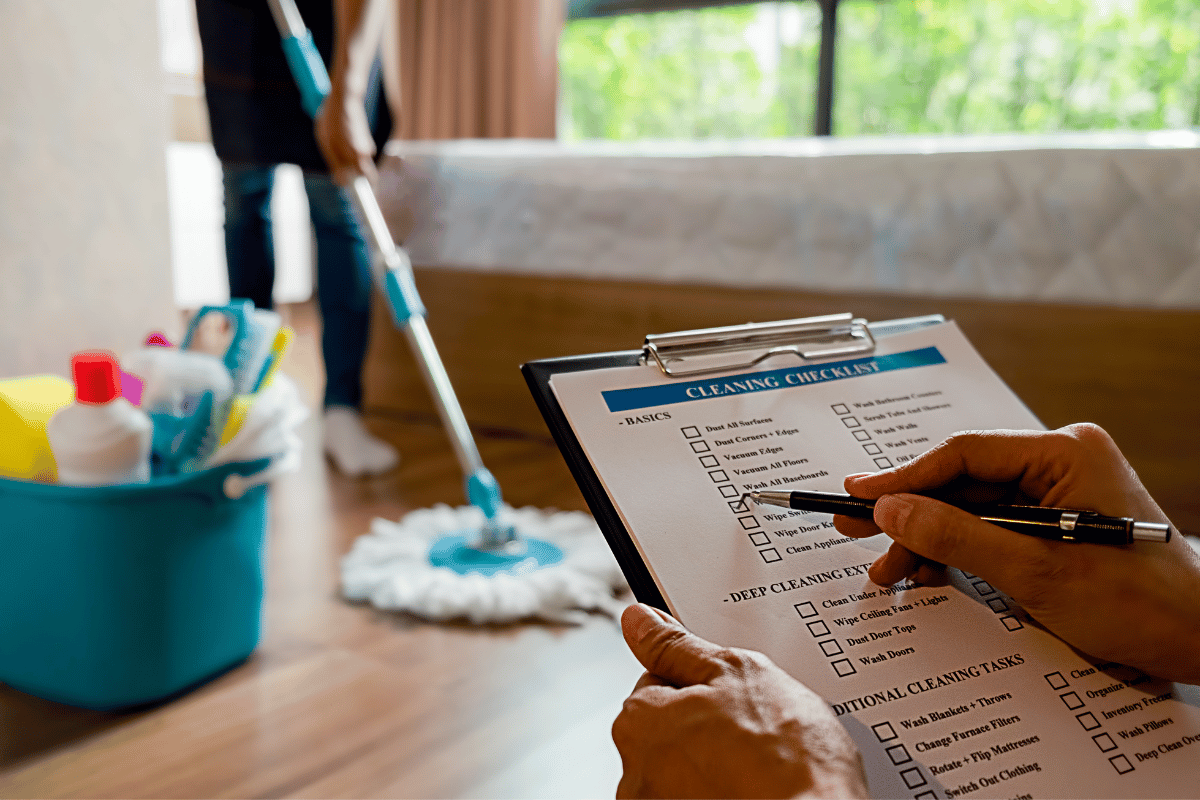Plumbing
How can I prevent my pipes from freezing in cold weather?
To prevent pipes from freezing in cold weather, you can take the following precautions:
- Insulate pipes: Insulate both hot and cold water pipes in unheated areas such as basements, attics, crawl spaces, and exterior walls. Pipe insulation sleeves or heat tape can be used for this purpose. Pay special attention to areas where pipes are more exposed to cold air.
- Seal gaps and cracks: Seal any gaps or cracks in walls, floors, and around pipes where cold air might enter. Use caulk or insulation to seal these openings, both indoors and outdoors.
- Disconnect outdoor hoses: Before winter sets in, disconnect and drain any outdoor hoses. Close the outdoor water valves and ensure the lines are fully drained to prevent freezing.
- Keep interior temperature consistent: Maintain a consistent temperature in your home, especially during extremely cold weather. Even when you’re away, keep the thermostat set to a minimum temperature to prevent pipes from freezing.
- Open cabinet doors: Open cabinet doors under sinks in the kitchen and bathrooms to allow warm air to circulate around the pipes.
- Drip faucets: When temperatures drop significantly, allow faucets to drip slightly. This helps relieve pressure in the pipes and prevents them from freezing.
- Use heating devices: For areas prone to freezing, use heating devices such as heat lamps or space heaters to provide additional warmth to exposed pipes.
- Monitor the weather: Stay informed about weather forecasts, especially during cold spells. Take extra precautions when temperatures are expected to drop significantly.
- Drain the water system: If you’re planning an extended absence during cold weather, consider draining your water system entirely. This will help eliminate any water remaining in the pipes that could freeze and cause damage.
- Consider insulation for vulnerable areas: Pay special attention to areas where pipes are more exposed to cold air, such as crawl spaces, basements, and attics. Insulate these areas properly, and consider using insulation sleeves or heat tape directly on the pipes for added protection.
- Seal outdoor cracks and openings: Inspect the exterior of your home for any cracks, gaps, or openings near pipes. Use weatherstripping, caulk, or foam insulation to seal these areas and prevent cold air from reaching the pipes.
- Allow warm air circulation: Ensure proper airflow in areas where pipes are located by keeping interior doors open. This allows warm air to circulate more freely and helps maintain higher temperatures around the pipes.
- Use pipe heating cables: For particularly vulnerable pipes, especially those exposed to extreme cold or located in exterior walls, consider installing pipe heating cables. These cables produce low levels of heat that keep the pipes above freezing temperatures.
- Monitor the thermostat: Regularly check and maintain your home’s thermostat settings during cold weather. Ensure that the temperature remains above freezing both day and night.
- Be mindful of faucets in unheated areas: If you have faucets in unheated garages or sheds, consider installing frost-free faucets. These types of faucets are designed to prevent freezing by shutting off the water supply farther back in the heated portion of the building.
- Educate family members: Inform everyone in your household about the importance of preventing frozen pipes and how to respond in case of extreme cold weather. Make sure they know the location of the main water shut-off valve and how to turn off the water supply in an emergency.
- Consider a backup power source: During severe winter storms, power outages are not uncommon. If you rely on electric heating systems to keep your home warm, a power outage can lead to frozen pipes. Consider having a backup power source, such as a generator, to keep essential systems running.
- Schedule regular plumbing maintenance: Arrange for annual plumbing inspections to identify any potential issues or areas of concern. A professional plumber can assess your plumbing system’s vulnerability to freezing and provide recommendations for further prevention.
By following these comprehensive preventive measures, you can significantly reduce the risk of your pipes freezing during cold weather and minimize the potential damage that may occur as a result. If you’re unsure about how to proceed or need professional assistance, consider contacting a licensed plumber for guidance.
If you’re in need of on-demand services for not just home maintenance, but also for tasks like dog walking, babysitting, and even photography, look no further than Orderoo! Their user-friendly app connects you with service providers for over 50 on-demand services. From finding a trusted dog walker to securing a reliable babysitter or capturing precious moments with a professional photographer, Orderoo has it all. Experience the convenience and ease of accessing on-demand services by downloading the Orderoo app today.
To explore more articles related to home maintenance and protection, take a look at our collection of informative articles here.
Hi, I’m Ankush. Based in Port Lincoln, South Australia, I hold a Bachelor of Science and a Bachelor of Education (Middle & Secondary) from the University of South Australia, graduating in 2008. With several years of experience as a high school and secondary teacher, I’ve combined my passion for technology and finance to drive innovation in the on-demand service industry. As the founder of Orderoo, I’m committed to leveraging technology to simplify everyday tasks and enhance accessibility to essential services across Australia. My focus remains on exploring new opportunities to expand and improve these solutions, ensuring they meet the evolving needs of users and service providers alike.


